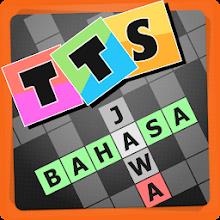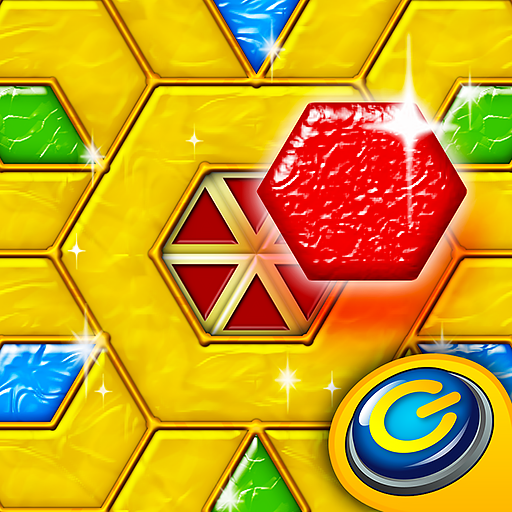Unleash the power of Superman! The world echoes with "Superman!" in rhythm with John Williams' iconic guitar riff. James Gunn's groundbreaking Superman film, a beacon of hope for the DC Cinematic Universe, is unveiled in its first electrifying trailer.
David Corensworth stars as the Man of Steel in James Gunn's directorial and screenwriting debut, hitting theaters July 11, 2025. Initially, Gunn only planned to pen the script, but fate intervened.
Gunn drew inspiration from the seminal comic book, All-Star Superman, a 12-issue masterpiece by Grant Morrison. This miniseries depicts Superman revealing his secrets to Lois Lane and confronting his own mortality. Gunn's lifelong love for comics is evident in this adaptation.
Based on arguably the greatest Superman comic ever created, what can we anticipate from this faithful adaptation?
Table of Contents
One of the greatest… Grant Morrison is a skilled and frugal storyteller The door to the Silver Age of superheroes This comic is an inventively told good story It's a comic book about people A story about our relationship with the past and the future This comic breaks down the boundaries between the narrative and the reader It's a story about boundless optimism
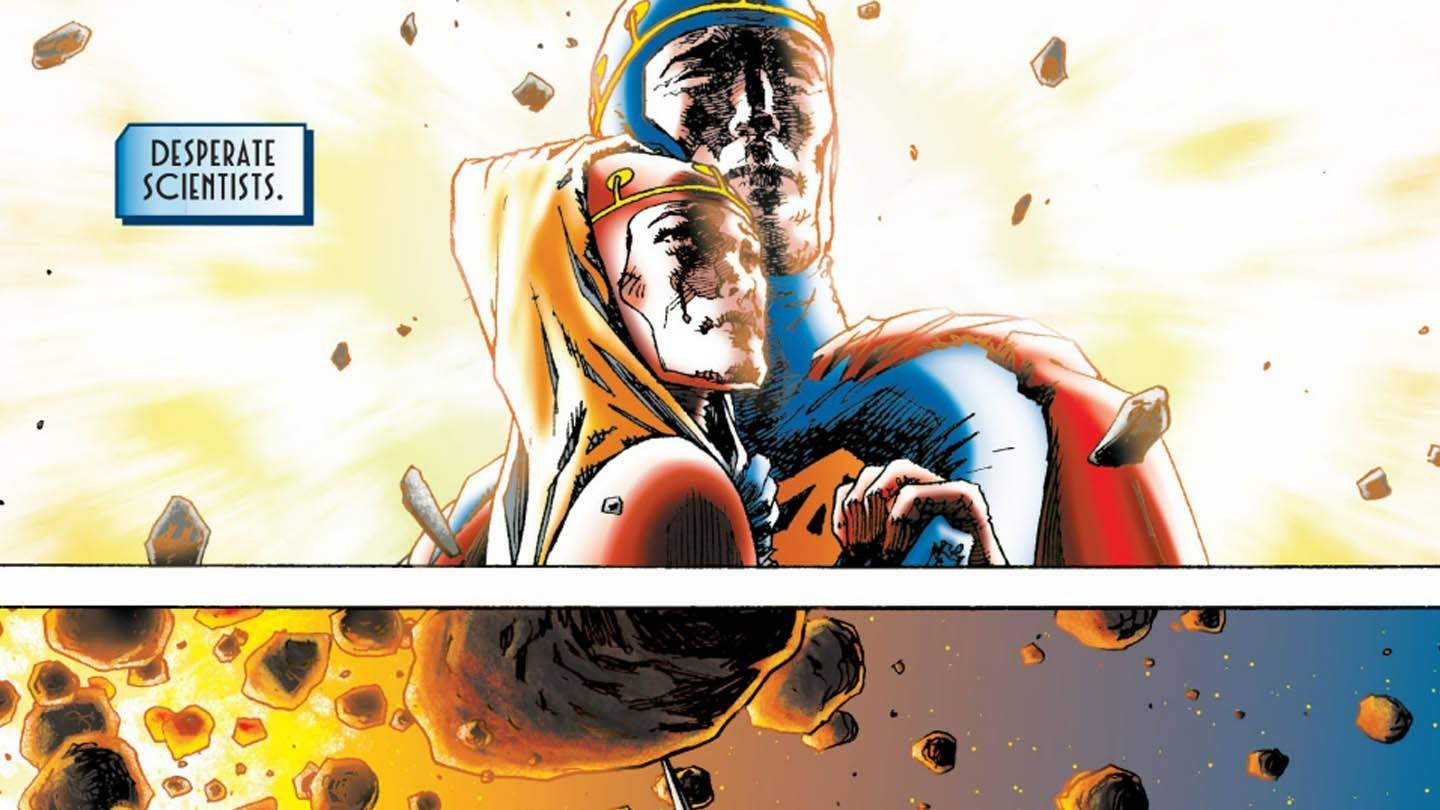 Image: ensigame.com…One of the greatest, if not the greatest, Superman comics of the 21st century is Morrison and Quitely's All-Star Superman. For the uninitiated, let's ignite your interest, especially with the dawn of the new DCU. For those who've shelved this classic, let's reignite your passion.
Image: ensigame.com…One of the greatest, if not the greatest, Superman comics of the 21st century is Morrison and Quitely's All-Star Superman. For the uninitiated, let's ignite your interest, especially with the dawn of the new DCU. For those who've shelved this classic, let's reignite your passion.
Warning: I won't shy away from discussing All-Star Superman. The thrill isn't in the surprises, but in the journey. While I'll avoid excessive plot recaps, images and excerpts from all issues might reveal spoilers.
Here's why All-Star Superman captivates:
Grant Morrison: A Master of Concise Storytelling
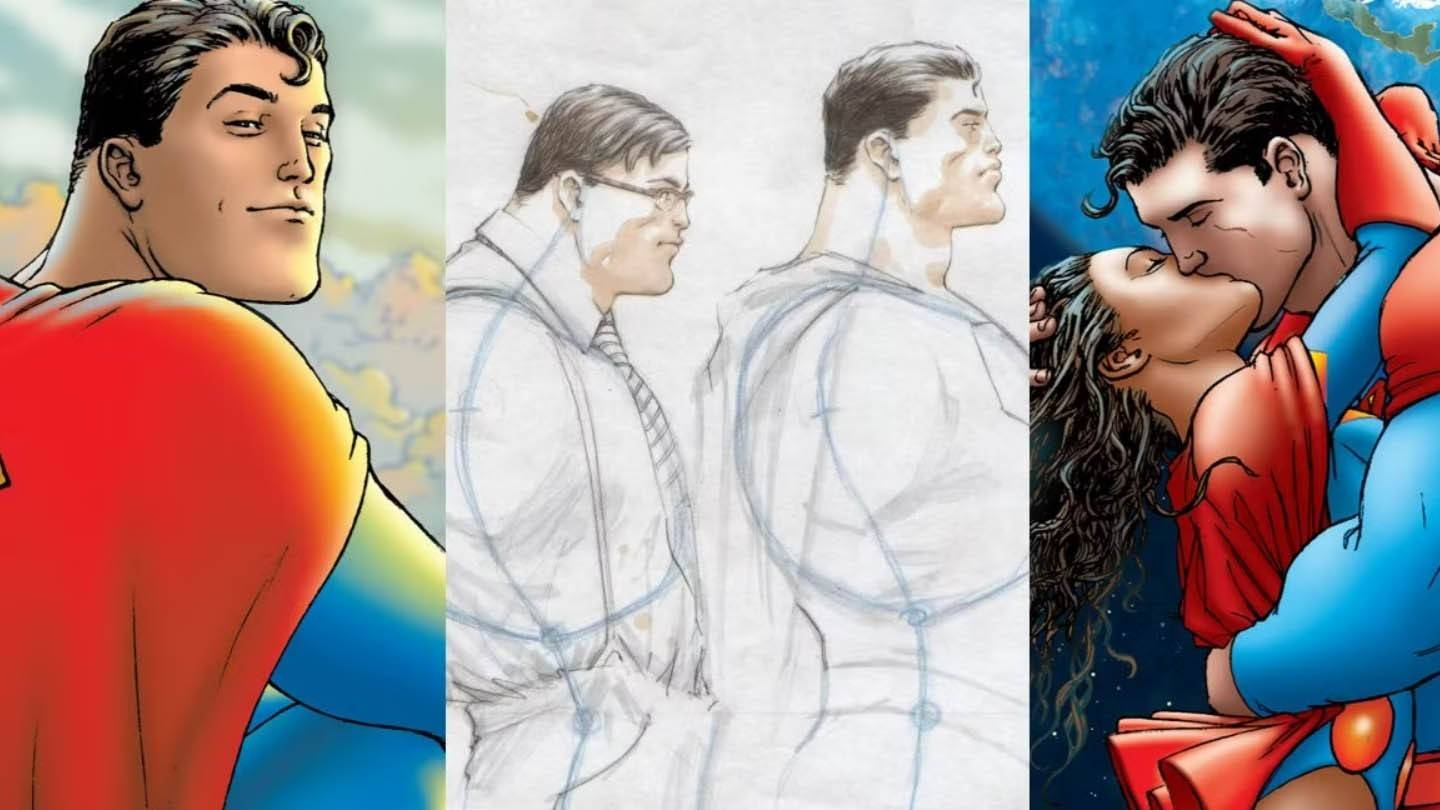 Image: ensigame.com
Image: ensigame.com
Morrison masterfully unveils the plot, humanizes characters, and showcases Superman's sun-flight in the very first issue, all while encapsulating the essence of the Superman mythos within a remarkably small number of pages. This alone warrants discussion.
The first page, with eight words and four illustrations, encapsulates Superman's origin story—a concise masterpiece. Love, a new home, hope, and faith in progress—the core elements are present. While writers elaborate, Morrison's economy is striking.
The film adaptation highlights the challenge of this minimalist approach. A scene's merging inadvertently portrays Superman as responsible for deaths, a stark contrast to the comic's subtlety.
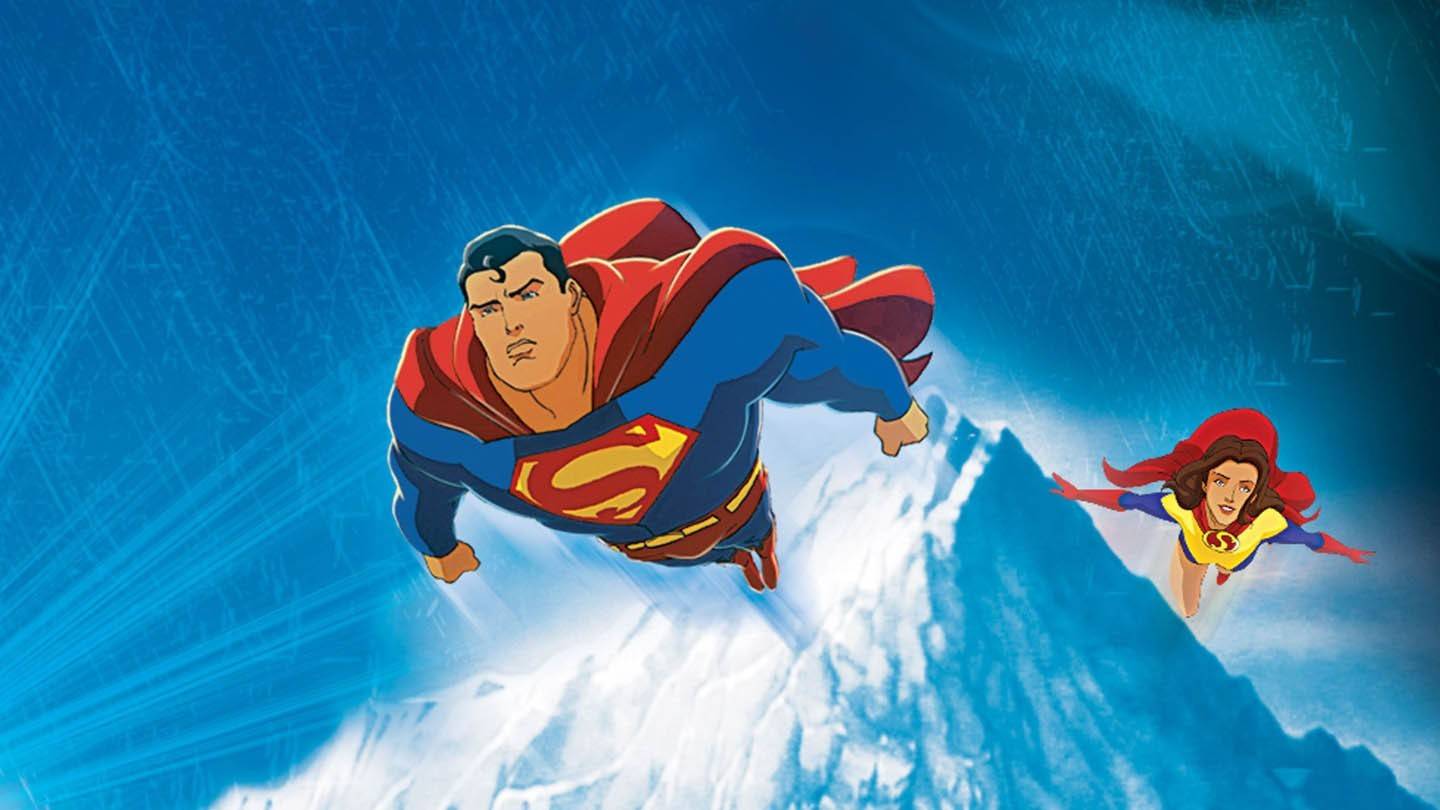 Image: ensigame.com
Image: ensigame.com
Morrison's minimalism persists. Issue #10's prison scene between Superman and Lex Luthor, a centuries-long conflict condensed into a few panels, is breathtaking. Similarly, the difference between Jor-El and Superman is elegantly conveyed in two panels—Jor-El carelessly tossing a key, and Superman instantly aiding his struggling sidekick.
Morrison's dialogue isn't always concise, but at his best (as in All-Star), every word resonates. He's particularly proud of the "haiku on unified field theory" in issue one and Lex Luthor's closing lines in issue twelve.
A Gateway to the Silver Age
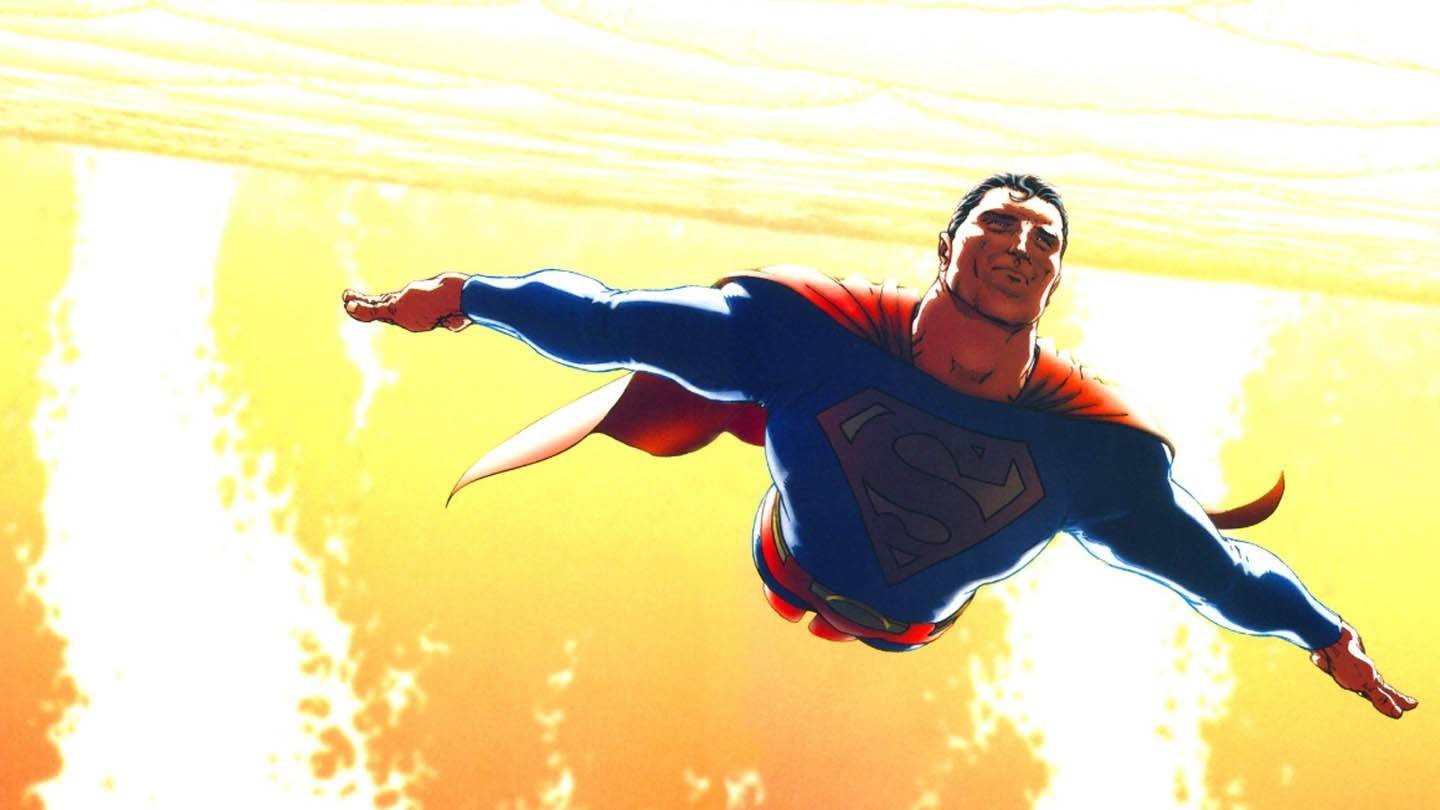 Image: ensigame.com
Image: ensigame.com
Decades of superhero comics have attempted to escape the Silver Age's shadow. Navigating its chronology is a challenge. The Silver Age, with its outlandish villains and improbable escapes, presents a unique hurdle.
The implication is that we build upon the giants, regardless of how we perceive them. Understanding our foundations, even if indirectly through the authors we read, is crucial. While we don't need to fully grasp Dostoevsky, understanding his influence enriches our appreciation of art's evolution.
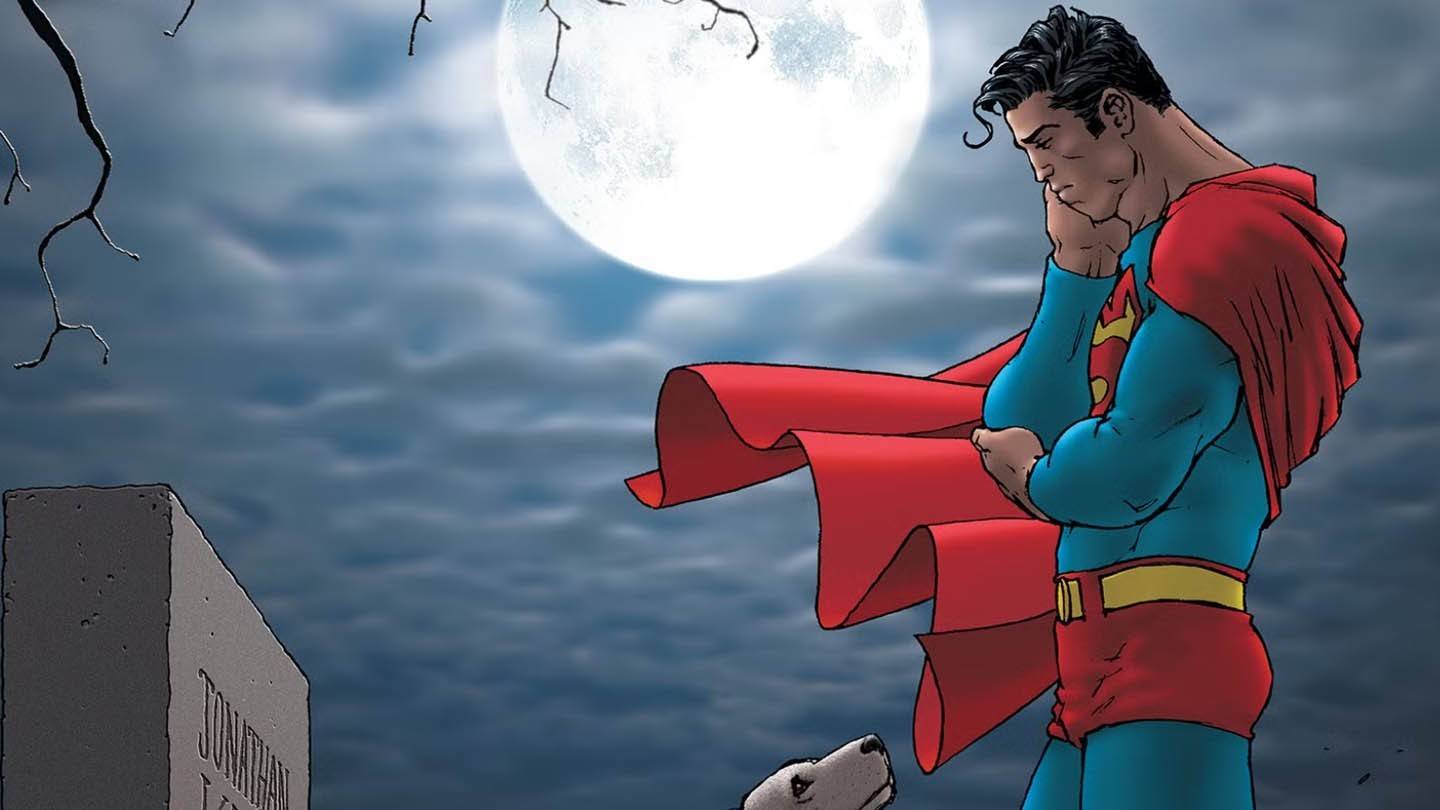 Image: ensigame.com
Image: ensigame.com
Returning to the Silver Age is impossible. Our perspective differs from that of past readers. We see simplistic plots and naive morals. A museum isn't a time capsule; it's a tool for learning. Morrison understands and depicts the Silver Age's essence, translating it for a modern audience. The Silver Age's techniques are subtly incorporated.
An Inventively Told Story
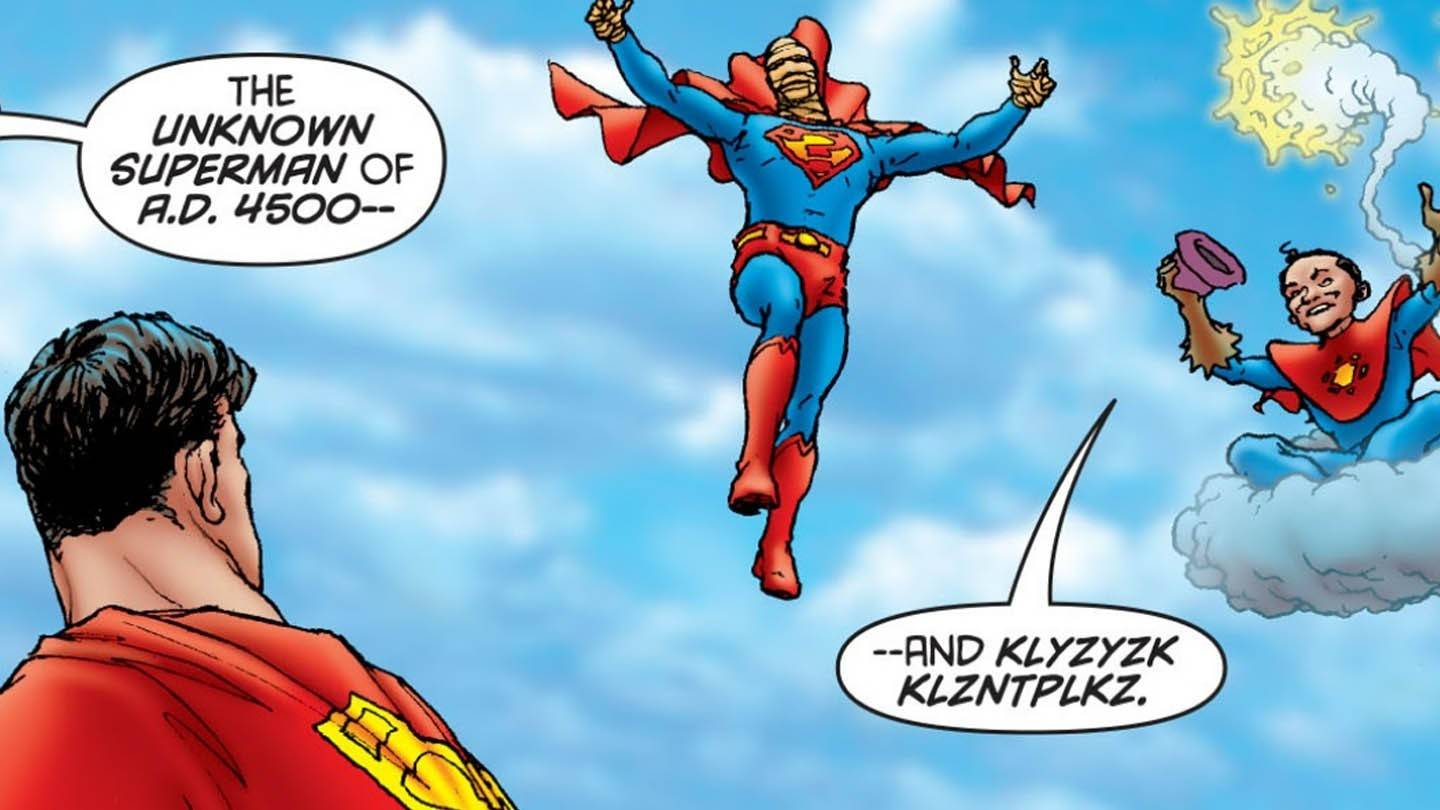 Image: ensigame.com
Image: ensigame.com
Superman comics face a unique challenge: Superman doesn't need to fight. Most superhero stories use physical conflict to express various conflicts, but Superman's invincibility alters the dynamic.
This forces writers to be resourceful. Morrison, while self-limiting, masterfully handles this. Most fights end quickly; tense confrontations avoid physical combat, focusing on problem-solving. In the "new defenders of Earth" arc, the test isn't defeating Kryptonians, but saving them.
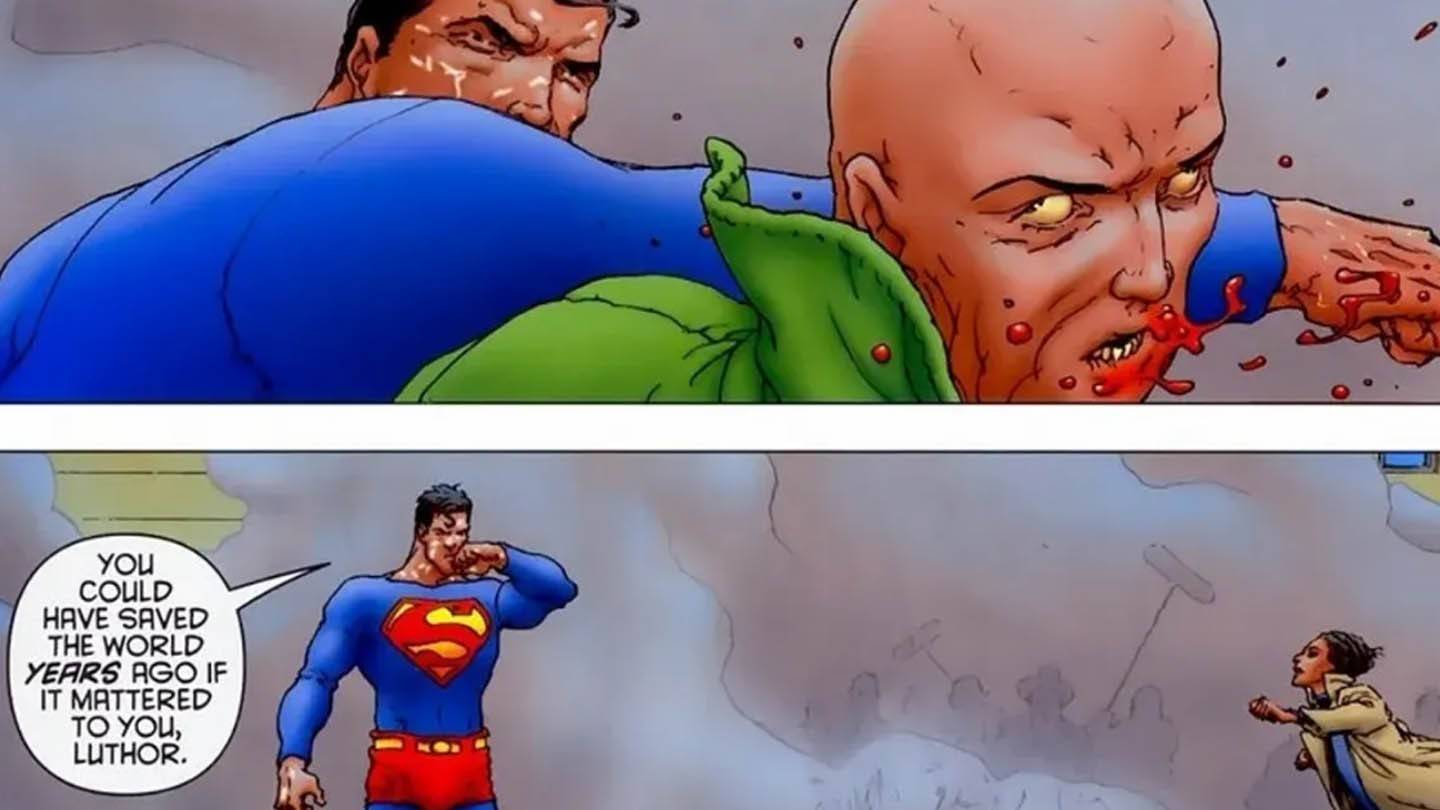 Image: ensigame.com
Image: ensigame.com
The confrontation with Lex Luthor highlights this. Luthor wants Superman dead, while Superman seeks redemption. Solaris is the only opponent Superman simply defeats, as we know from DC 1000000 that Solaris survives and becomes a hero.
Morrison's brilliance lies in condensing the grandeur of Superman stories into a concise narrative, incorporating classic elements and innovative twists. Superman fights to save lives, competes to prove himself, and solves riddles to protect loved ones.
A Comic About People
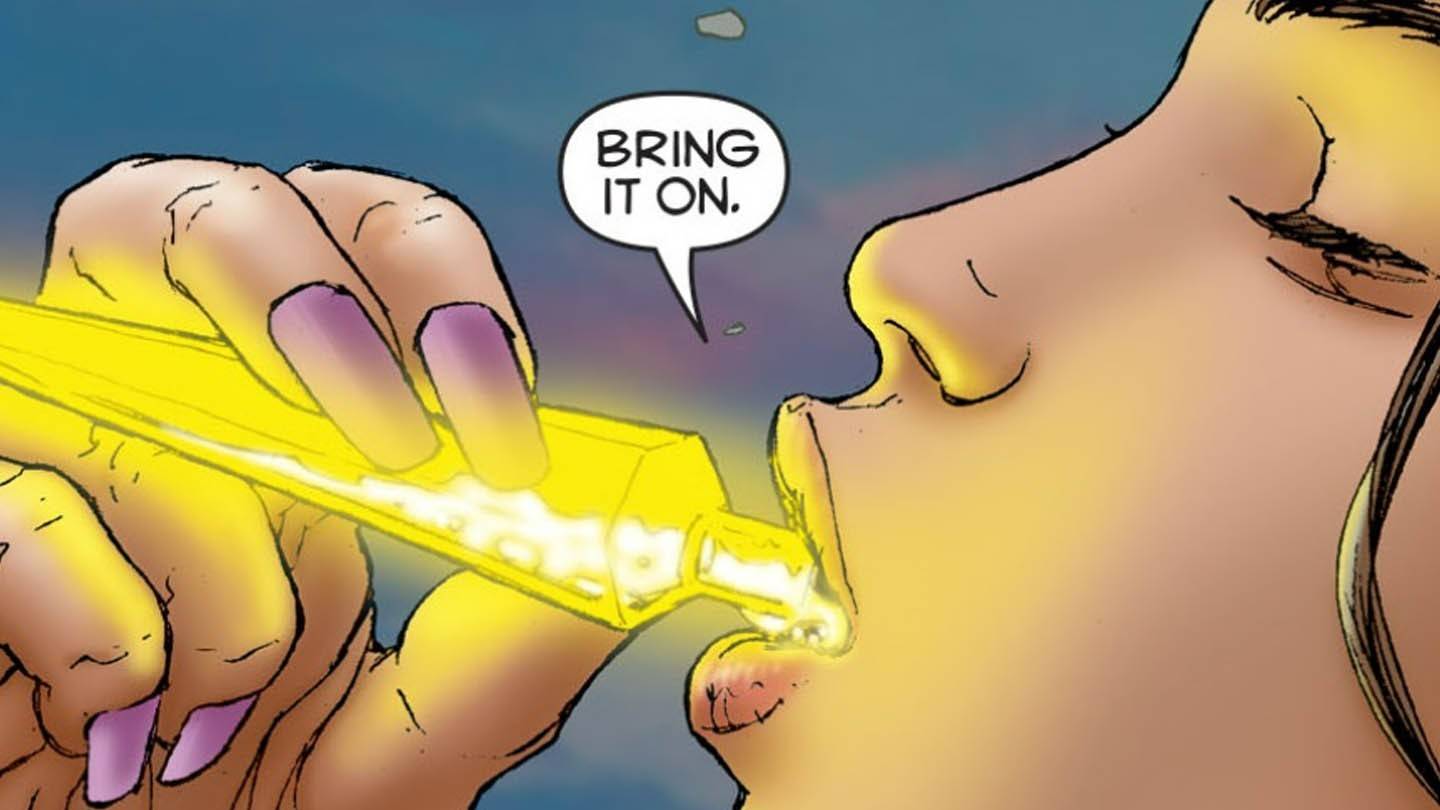 Image: ensigame.com
Image: ensigame.com
Superman's reflections on mortality focus on his friends and loved ones, not his accomplishments. All-Star Superman emphasizes the perspectives of Lois, Jimmy, and Lex Luthor. We see Superman inspire and motivate, and witness the recurring Daily Planet characters' interactions with him. Notably, his friendship with Batman is only mentioned, not depicted.
This focus on supporting characters reflects our relationship with Superman. We're less interested in his battles than in how he impacts people's lives. The stories become about the human element, not just superpowers. The comic explores "what if" scenarios, questioning what would have happened if Superman's life had unfolded differently.
A Story About Past and Future
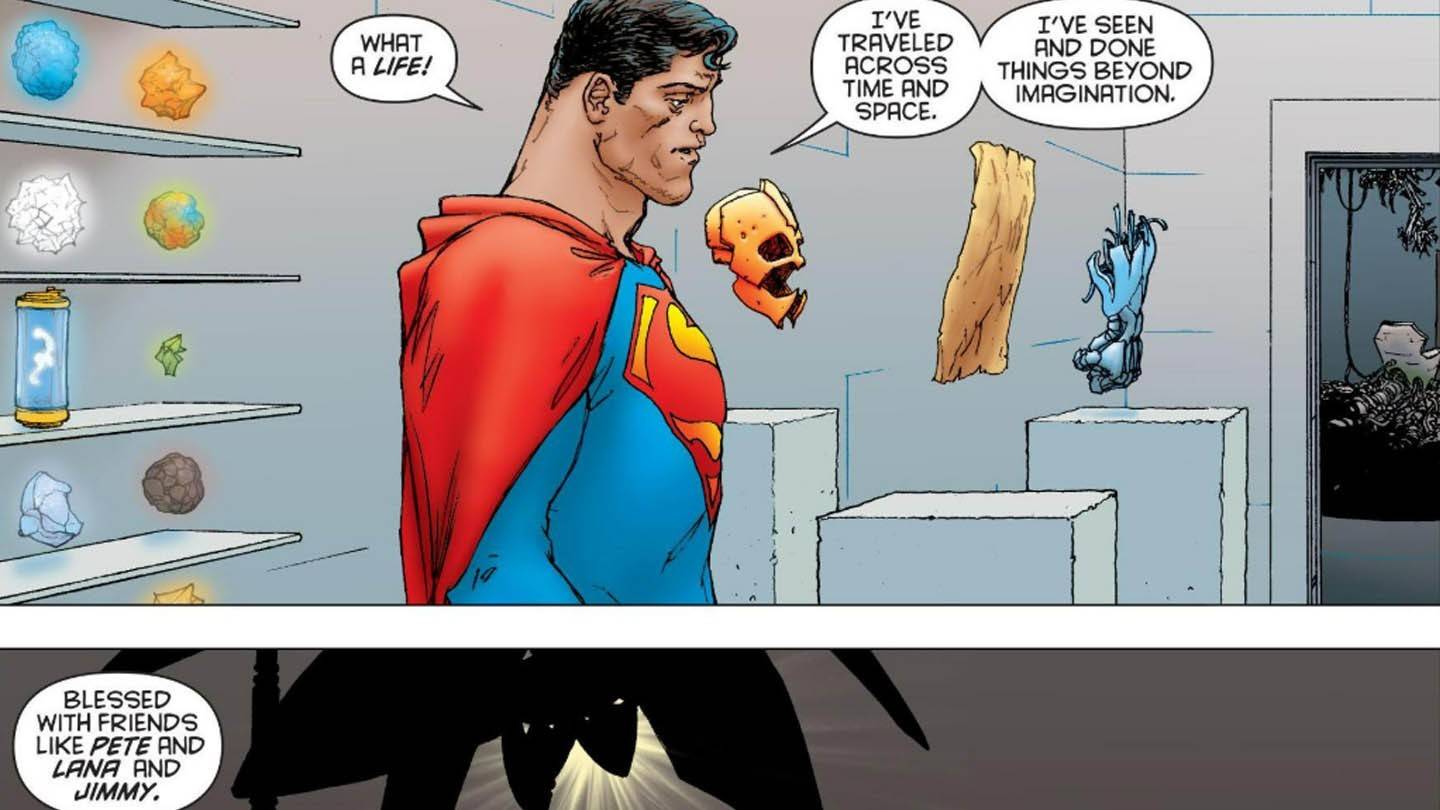 Image: ensigame.com
Image: ensigame.com
All-Star Superman explores the interplay between past and future. Superhero comics offer a continuous chronology, making past events relevant. Morrison shows that neither escaping, denying, nor rigidly adhering to the past is a solution. Learning from the past and building upon it is key.
Breaking the Fourth Wall
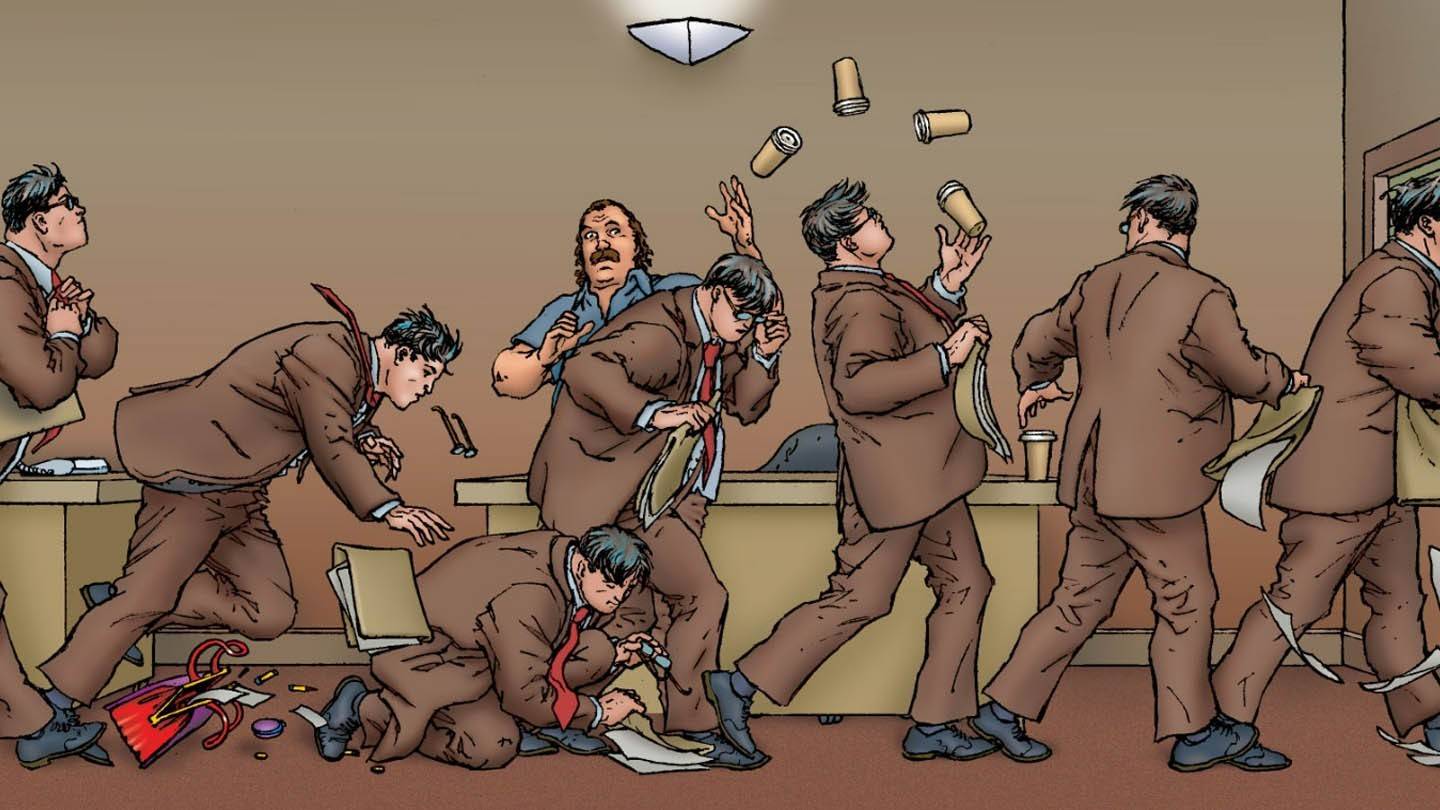 Image: ensigame.com
Image: ensigame.com
Morrison's work often incorporates postmodern elements. All-Star Superman engages the reader directly. The comic isn't just read; it's experienced. The interaction begins with the cover, where Superman looks directly at the reader. The text addresses us, placing us within the narrative.
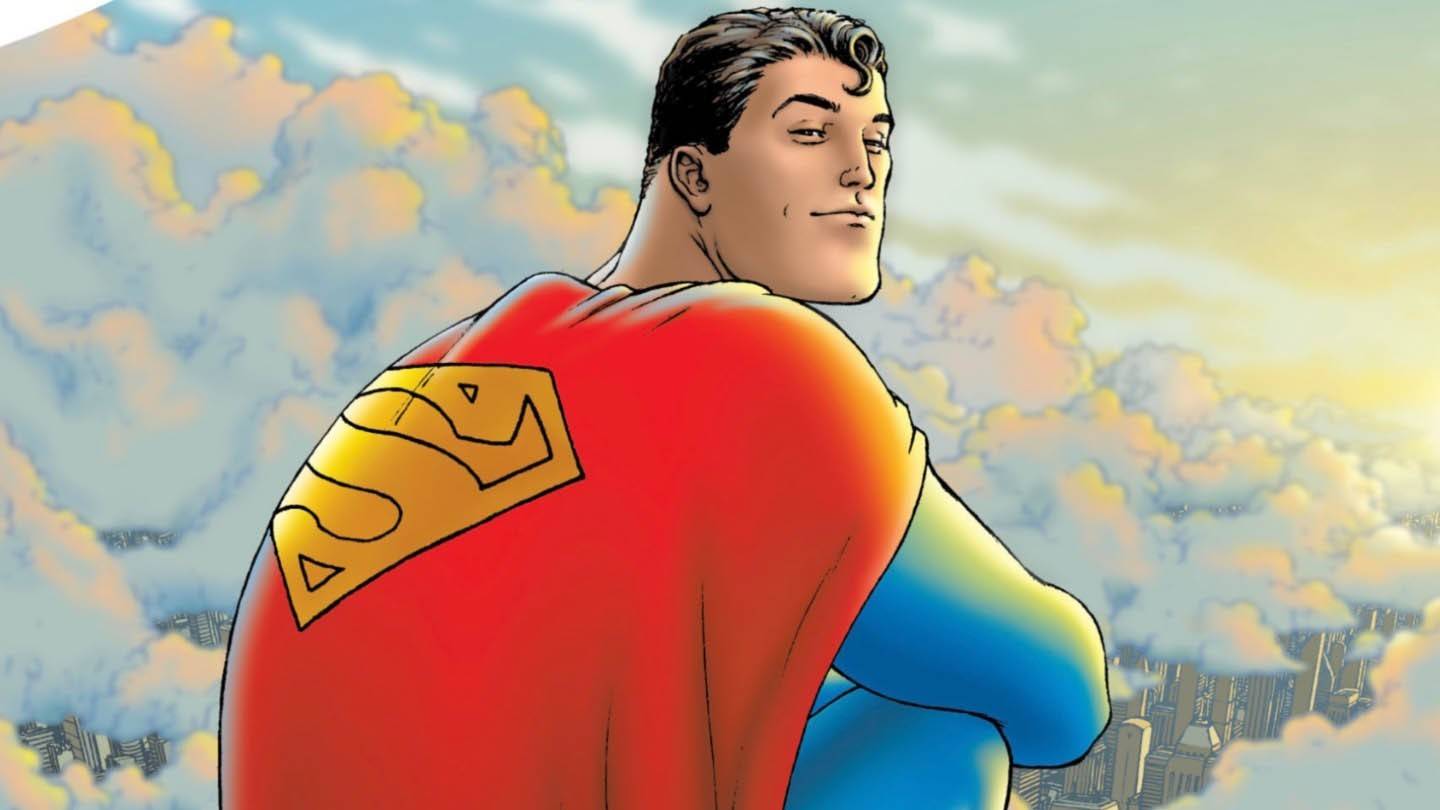 Image: ensigame.com
Image: ensigame.com
The climax occurs in the final issue, where Lex Luthor looks at the reader, contemplating the universe. His words—"We are all we have"—could refer to Superman or the reader. Throughout the series, we see the world through Superman's eyes, experiencing his perspective. By issue twelve, the reader has essentially become Superman, and Luthor's final insight is directed at us.
Boundless Optimism
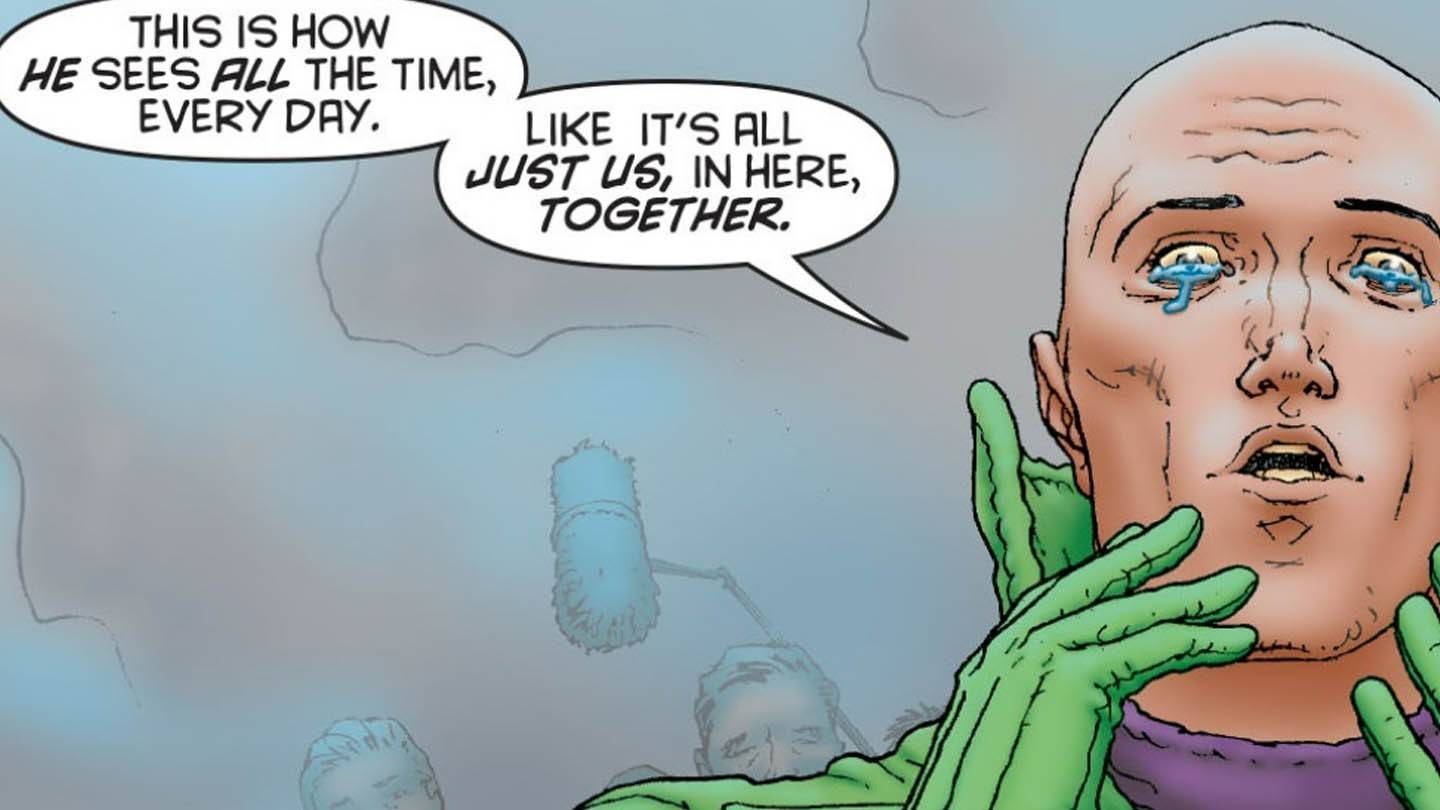 Image: ensigame.com
Image: ensigame.com
The comic reflects on canon formation. Superman's twelve feats, while not explicitly defined, become a canon we construct as we read. The series itself becomes a "variant canon," adding "Superman According to Morrison" to the existing interpretations.
These twelve feats—conquering time, traveling to a mirror universe, creating life, defeating the sun, and curing cancer—reveal Morrison's ambition. He wasn't telling a simple story; he was crafting an epic. Gunn's adaptation promises a bold reimagining of this classic.
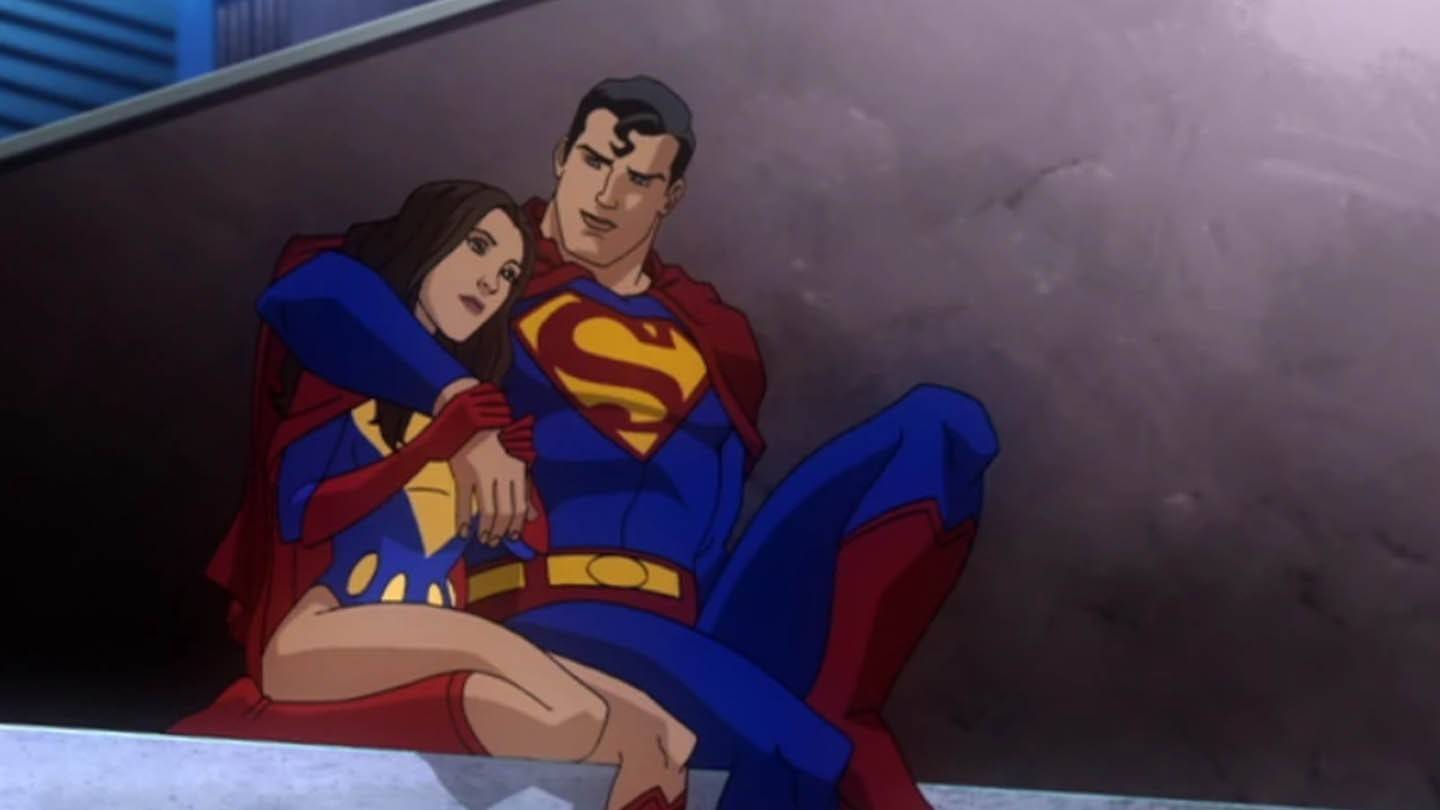 Image: ensigame.com
Image: ensigame.com



